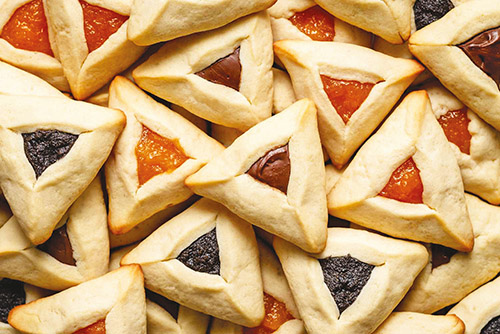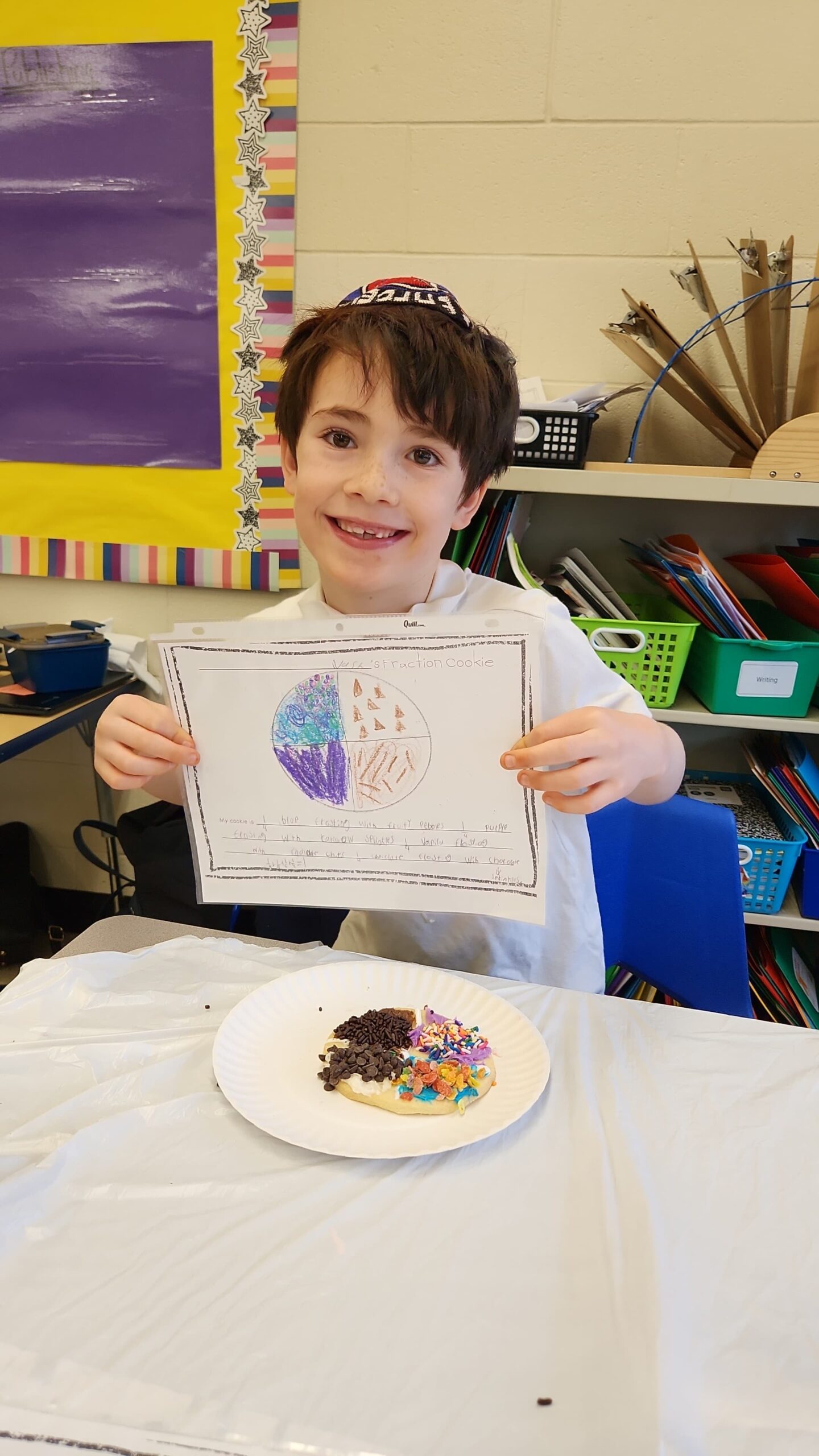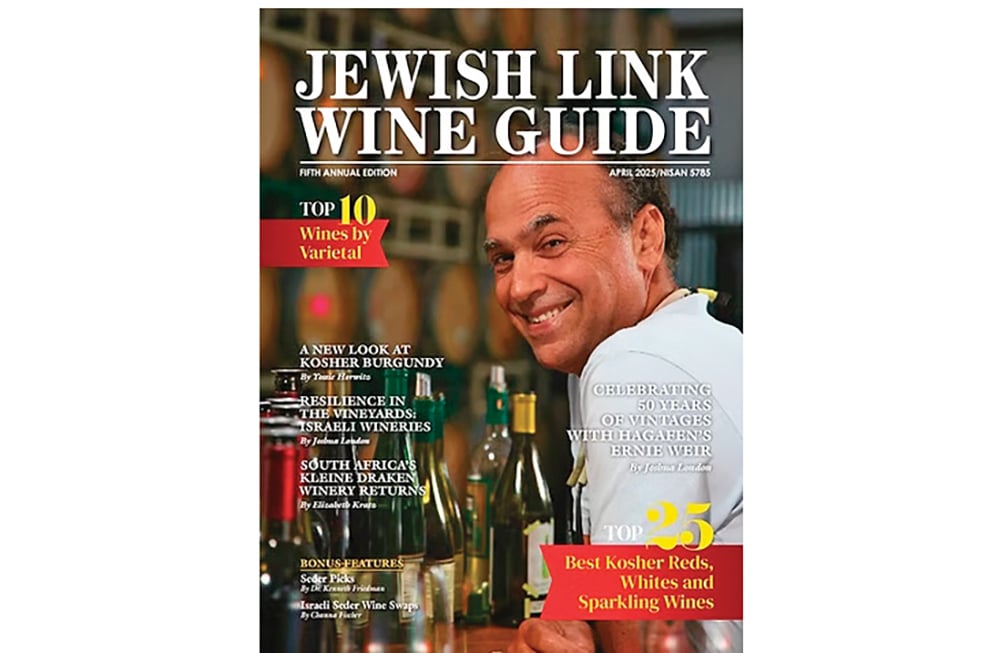
As we approach Purim, a disturbing trend has caught my attention. While Chanukah brings about a frenzy of excitement for sufganiyot with endless filling and frosting options, Purim’s hamantaschen seem to be neglected with only a handful of fillings, including the unpopular poppyseed. This begs the question:
Why the discrepancy in the enthusiasm for these two holiday treats?
One can say that there is simply a greater demand for sufganiyot, given that Chanukah is an eight-day holiday, while Purim is only one day. However, when delving into halacha, we discover that there may be more to this difference.
In the sefer Vegam Vegam Charvonah, it is written that Chanukah is all about פרסומי ניסא, publicizing the miracle. The more candles we light, the more we add to the mitzvah and, similarly, the fancier the sufganiyot are, the more we publicize the miracle of the oil. On the other hand, even though there is a concept of publicizing the miracle by Purim (as stated in Gemara Megillah Daf 14a), it is overridden by the concept of נסתר, which means that the miracle of Purim happened without fanfare and through hidden miracles. Hamantaschen—with their subtle design—represents this idea of not glowing in the limelight for everyone to salivate over and detract from the main focus of Purim parties.
In the sefer Ha’Raashan, he writes a similar opinion as above that sufganiyot publicize the miracle, however, eating hamantaschen goes under the mitzvah of מחיית עמלק, eradicating Amalek. The Mishna Berurah 685:1 states that: “Because we do not know who are the descendants of Amalek, there are communities that eat triangular-shaped dough with seeds in them to destroy Amalek and his remembrance from the world.” The Baal Ha’Raashan uses this to show that if one were to beautify the hamantaschen, that would yield the opposite result of מחיית עמלק.
The Brisker Rav takes a Brisker approach to this Mishna Berura. That there is a difference between the cheftza and the gavra (item and the person). Sufganiyot have the inyan of פרסומי ניסא, and, therefore, they are a cheftza of the mitzvah, the publicizing comes from the doughnut—not by eating it, as eating the sufganiyot removes the item from existence. With hamantaschen, on the other hand, the mitzvah is מחיית עמלק, which is a mitzvah on every single Jew (the gavra), so hamantaschen have no mitzvah attached to them. And the Brisker Rav ends off that we see from this that we are consistent here, in that we are dressing up the mitzvah. On Chanukah, we dress up the mitzvah, which are the sufganiyot, and on Purim, we dress up the Jew.
The Teshuvos HaMan also addressed this issue in a letter to his son, who asked him if he should spend more money on hamantaschen or on matanos l’evyonim. He wrote:
“According to my understanding—as I have explained earlier—the mitzvah of eating sufganiyot on Chanukah is a more significant obligation than the minhag of eating hamantaschen on Purim. Thus, one may choose to spend a third more than their usual value on sufganiyot. However, since hamantaschen are only a custom, it may be unnecessary to spend more money on them than their market value. It is important to prioritize our financial resources according to the level of obligation, as we are expected to perform our mitzvot and customs in the most efficient and responsible manner.”
The Teshuvos HaMan brings a novel answer to this question by pointing out that since sufganiyot are an actual mitzvah, the concept of hiddur mitzvah would apply to it. Hiddur mitzvah is like buying a beautiful esrog for Sukkos or chain mail for a talis, so too, buying fancy cookies and a cream-filled donut with chocolate leaves on top would be considered hiddur mitzvah. However, since hamantaschen are only a minhag, it would not be required to beautify them.
In conclusion, while it may be tempting to indulge in fancy sufganiyot during Chanukah, we should not neglect the importance of hamantaschen during Purim. By embracing the simplicity and subtlety of this traditional treat, we can uphold the significance of this holiday and its mitzvot while remaining financially responsible. May we all have a meaningful and joyful Purim celebration.











